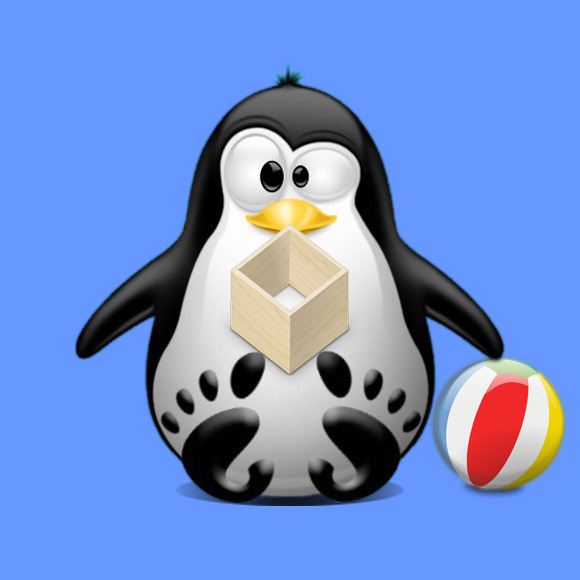GNU/Linux Debian 11 Installing Flatpak – Step by step Guide
How to Install Flatpak on Debian 11.x Bullseye GNU/Linux desktop – Step by step Tutorial.
First, Flatpak for Debian 11 is a technology for Building, Distributing, Installing and Running Linux Apps.
And Flatpak is primarily targeted at the Linux desktop, although it can also be used as the basis for application distribution in other contexts, such as embedded systems.
Moreover, Flatpak has been designed and implemented with a number of Goals:
- Allow applications to be installed on any Linux distribution.
- Provide consistent environments for applications, to facilitate testing and reduce bugs.
- Decouple applications from the operating system, so that applications don’t depend on specific versions of each distribution.
- Allow applications to bundle their own Dependencies, so that they can use libraries that aren’t provided by a Linux distribution, and so they can depend on specific versions or even patched versions of a library.
- Increase the security of Linux desktops, by isolating applications in sandboxes.
Finally, this Setup is valid for all the Debian-based Distros like:
- Kali
- MX Linux
- Deepin
- Parrot
- antiX
- SparkyLinux
- Q4OS
- Vanilla OS
- Netrunner
- Voyager Debian
- MakuluLinux
- Elive
- LMDE
- Devuan (You may just need to Discover what’s the Parent Release)

1. Terminal Getting Started Guide
How to Quick Start with Command Line on Debian GNU/Linux
First Update the Apt Repo Sources with:
sudo apt update
Authenticate with the User Admin Pass.
If Got “User is Not in Sudoers file” then see: How to Enable sudo.2. Installing Flatpak
Then to Install Flatpak on Debian
Simply play:sudo apt install flatpak
Authenticate with the User Admin Pass.
If Got “User is Not in Sudoers file” then see: How to Enable sudo.
Again for the GNOME desktop integration run:sudo apt install gnome-software-plugin-flatpak
And with this latest setup on GNOME based you’ll be able to Install Flatpak Apps just Double-clicking on the downloaded flatpakref App File.
Contents